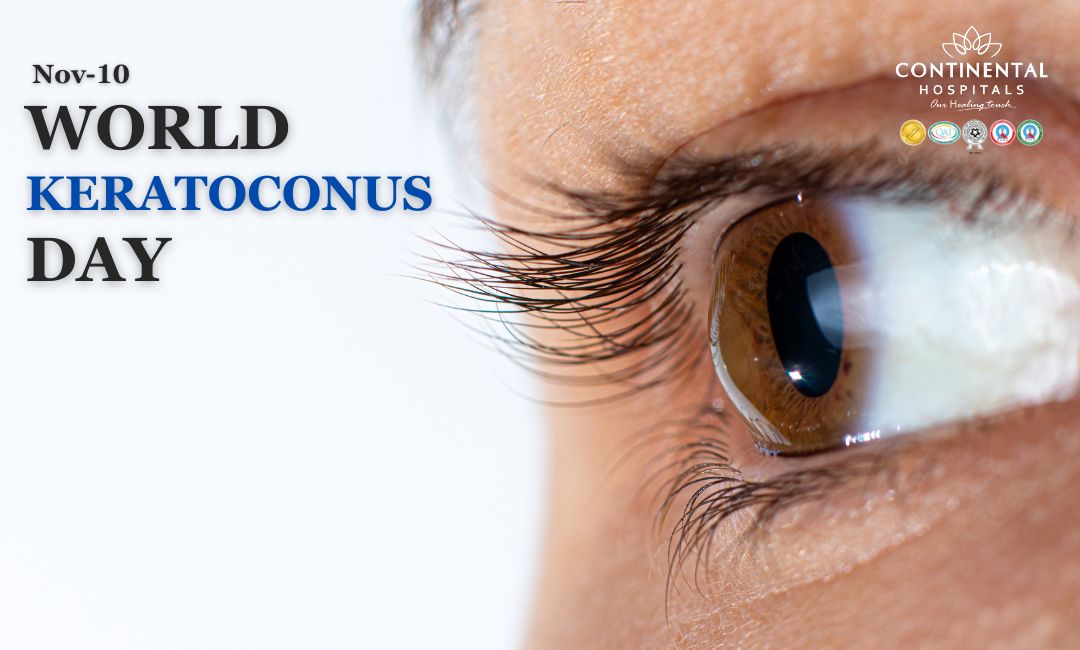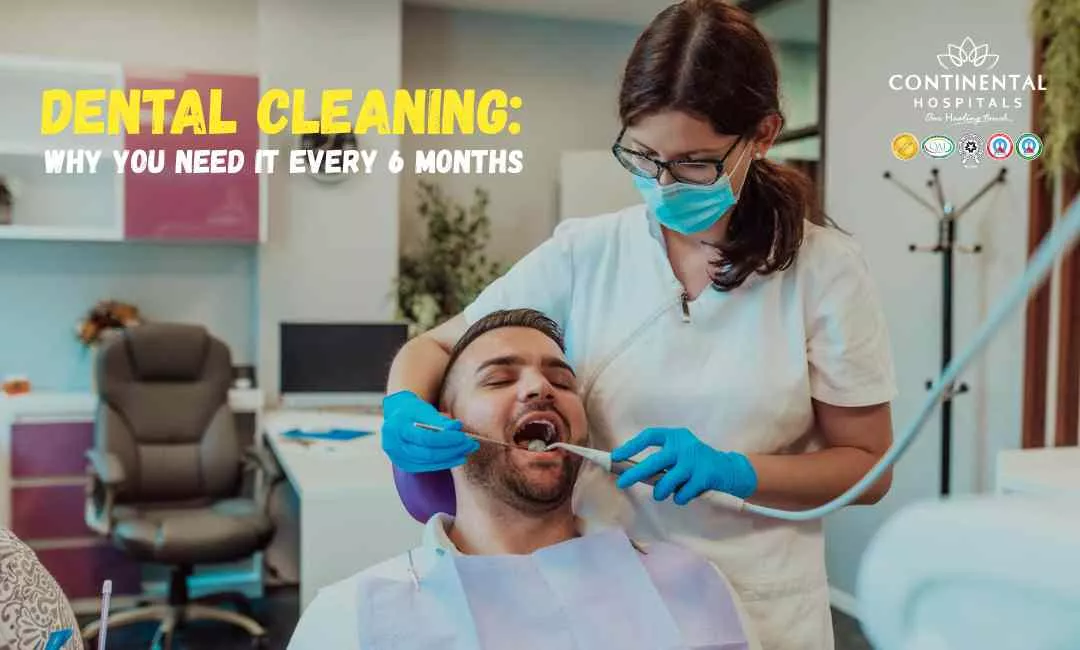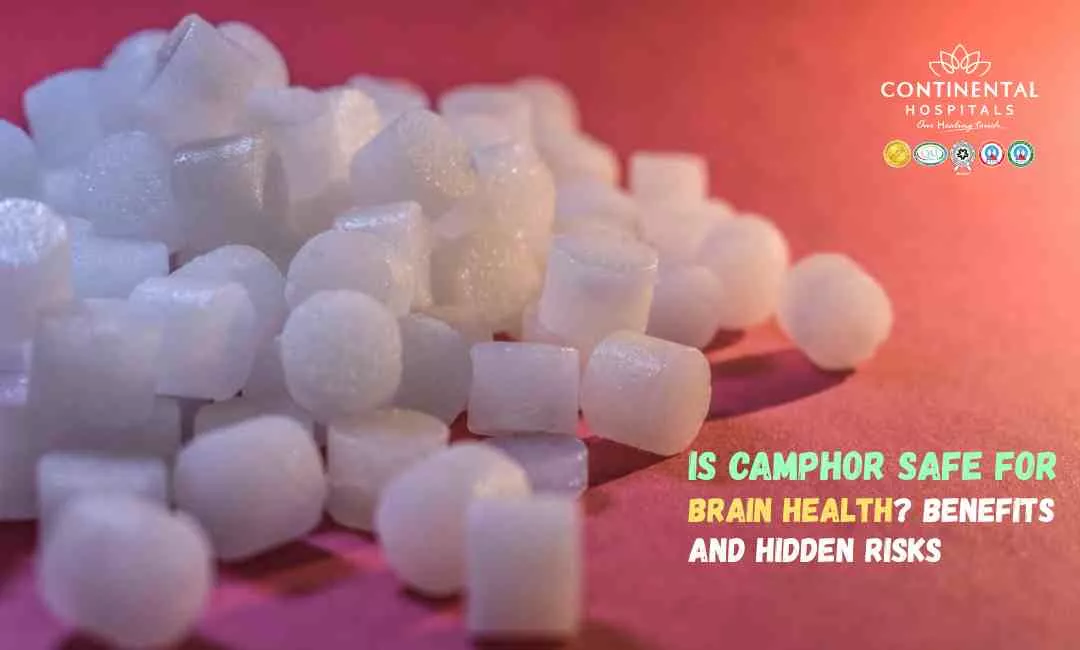November 10 World Keratoconus Day brings focus on Keratoconus, a progressive eye condition that can affect people everywhere. This day focuses on creating awareness for Keratoconus support and education so that people affected by the condition are able to gain proper care and avoid complications from it. In this blog, we will find an introduction to the basics of keratoconus, describe the history and purpose of World Keratoconus Day, explore treatment options, and highlight how awareness and resources can empower those affected.
Introduction to Understanding Keratoconus
Keratoconus is an eye disease in which the cornea begins to bulge into a cone-like shape due to its thin nature instead of maintaining its domed shape. Such irregularity creates distorted vision due to improper entry of light into the eye. The condition, typically, occurs during late teens and early twenties and continues slowly advancing with age. This makes it increasingly challenging to correct with simple glasses or contact lenses.
Patients with keratoconus will easily struggle to read, drive, or perform their daily activities, especially in low light. Early diagnosis and correct management of the disease can positively impact its outcome.
Common Symptoms of Keratoconus
Patients with keratoconus may commonly exhibit the following signs:
One needs to see a doctor.
🥗 Healthy Plate Challenge
🍽 Add Your Favorite Dish
Pick Your 6 favorite foods, eat, and see the results.Drag & drop foods onto your plate.
Drop Food Here
- Blurred or distorted vision
- The sensitivity to bright lights or glare has increased.
- Difficulty seeing at night.
- Frequent changes in eyeglass prescriptions
- Double vision in one eye
- Halos around lights.
- Eye irritation or strain
If you or a family member are experiencing any of these symptoms, consult our best ophthalmologist at Continental Hospitals.

History of World Keratoconus Day
The National Keratoconus Foundation (NKCF), a program of the Discovery Eye Foundation, founded World Keratoconus Day to increase public awareness and education about keratoconus. It annually encourages open discussions about living with the condition and can provide a platform for sharing personal stories and the developments in treatments.
Although World Keratoconus Day started years ago, today it is popular and a global event for gaining awareness of the importance of early diagnosis, research, and advanced treatment options. Through spreading awareness, the day breaks the stigma and helps keratoconus patients live fulfilling lives.
Available Treatment Options for Keratoconus:
Keratoconus treatment is symptomatic in nature, depending on the progression and severity of the disease. Here is a broad overview of common treatments available currently:
Eyeglasses and soft contact lenses
In the early stage of keratoconus, prescription eyeglasses or soft contact lenses help to focus light properly on the retina, correcting the vision. However, these become ineffective as a treatment once the condition advances.
Rigid Gas Permeable (RGP) Lenses
With advancing disease, many patients do better with the use of RGP lenses than with soft lenses because of their regular shape against the cornea, which tends to improve vision. The tough surface of RGP lenses acts by smoothing the irregularities in the shape of the cornea.
Scleral and Hybrid Lenses
The doctor may recommend scleral or hybrid lenses if the patient finds the RGP lens uncomfortable or ineffective. Scleral lenses are much larger and sit on the white of the eye, called the sclera, rather than the cornea. Hybrid lenses make use of a soft outer ring with a rigid center for comfort as well as clarity for individuals suffering from keratoconus.
Corneal Cross-Linking (CXL)
It is a relatively new treatment that stabilizes the corneal tissue to curb or halt the progression of keratoconus. Corneal cross-linking involves impregnating eye drops with vitamin B2 ultraviolet light, which activates the cornea by cross-linking its fibers, thereby halting further thinning and bulging. Corneal cross-linking is very effective during the initial stages and limits the need for more invasive interventions to almost zero.
Intacs
Intacs consist of small, crescent-shaped inserts inserted into the cornea, the gentle reshaping of which reduces the forces acting on the tissues. Intacs, therefore, improve vision and make it easier for patients with keratoconus to wear standard contact lenses or eyeglasses.
Corneal Transplant
When other forms of medical treatment prove ineffective, we may consider corneal transplantation for advanced cases. In this surgical procedure, normal corneal tissue from an eye donor replaces the faulty cornea. It can improve vision but often calls for a significant amount of time to recover and receive aftercare.
World Keratoconus Day becomes a learning opportunity and support for families, friends, and communities to learn about the very special needs of a patient with keratoconus. Understanding daily dilemmas in life, such as difficulty driving at night or ever-changing vision, may provide the most important aspects of empathy and encouragement required for mental and emotional healing.
Commitment of Continental Hospitals:
At Continental Hospitals, our commitment is to provide comprehensive care and treatment for patients with keratoconus. Our committed eye specialists, equipped with state-of-the-art technologies for perfect diagnosis and treatment, can understand the complexities of keratoconus. We would be guiding patients from early detection up to the utilization of advanced treatment options, including corneal cross-linking or even surgical interventions.
We also think patient education is important in corneal care. Our specialists take the time to thoroughly explain all treatment options and answer your questions, empowering you to make informed decisions about your eye health. All of our keratoconus patients receive compassionate, cutting-edge care from Continental hospitals.
Conclusion: Take the first step toward better eye health.
Though quite challenging, early diagnosis and proper treatment help the individuals affected by keratoconus lead very active and fulfilling lives. World Keratoconus Day is a wonderful reminder of the need for greater awareness, support, and empowerment for everyone affected by this condition.
If you think you might be experiencing symptoms of keratoconus, consult our best ophthalmologist at Continental Hospitals.
.webp)














